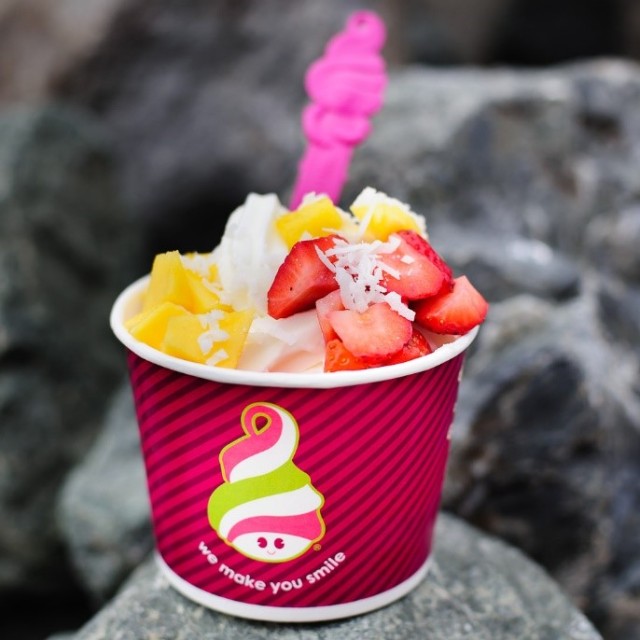Frozen treats are perishable foods that should be treated with care; exposure to high temperatures will have an adverse effect on their texture and flavour characteristics. Frozen treats should be properly stored and handled by manufacturers, sellers and even consumers.
Types of Frozen Treats:
1. Ice Cream

Ice creams are made with milk, cream, sugar and egg yolks. They are churned at a fairly high speed to incorporate air and increase their volume. Generally smooth, light-textured and creamy they have a firmer texture.
2. Gelato

Made with sugar and with a higher proportion of milk and less of cream and eggs compared with ice cream, gelato is churned at a much slower rate so it is denser; this creates a silkier texture. It should be served at a slightly warmer temperature.
3. Frozen Yogurt

Frozen yogurt or froyo is made with cultured milk combined with a sweetener. It has a lower fat content than ice cream and gelato.
4. Sorbet

Sorbet is low in calories and fat because it is made of fruit, juices, syrup and water. It is made by blending and freezing sweetened water with fruit puree.
Storage Guide:
1. Deep Chill
Frozen treats are best enjoyed when perfectly chilled; a temperature of between -5 ⁰F to 0 ⁰F is required to make them firm.
2. Keep the Temperature Consistent
Inconsistent or sudden changes in temperature may result in a grainy texture.
3. Store in the back of the Cold Store
To the rear and at the bottom part of the cold store has the lowest temperature. Keep frozen treats as far away from the door as possible; items stored near the door are more susceptible to temperature changes which could affect their quality.
4. Use Airtight Containers
Ice cream expert, Cary Frye, discovered a couple of things that happen when frozen treats are exposed to air: First, when frozen treats are exposed to higher temperatures and are then frozen again, this creates large crystals which feel coarse, icy and even colder in the mouth. Also, the evaporation of water at the surface level forms additional ice crystals. Oxygen reacts with the cold temperature causing dehydration.
In order to maintain the quality of your frozen treats, use an airtight container and place some cling film directly on top before replacing the lid.
5. Prevent Flavours from Mixing
Always separate flavours accordingly. Some flavours are richer in aroma and this might affect other varieties: Keep baking soda in your cold store to absorb any odours.
By applying these tips, manufacturers can assure rich flavours and creamy textured frozen treats. Cold store solutions for food manufacturing facilities are offered by 1Cold Ltd.
